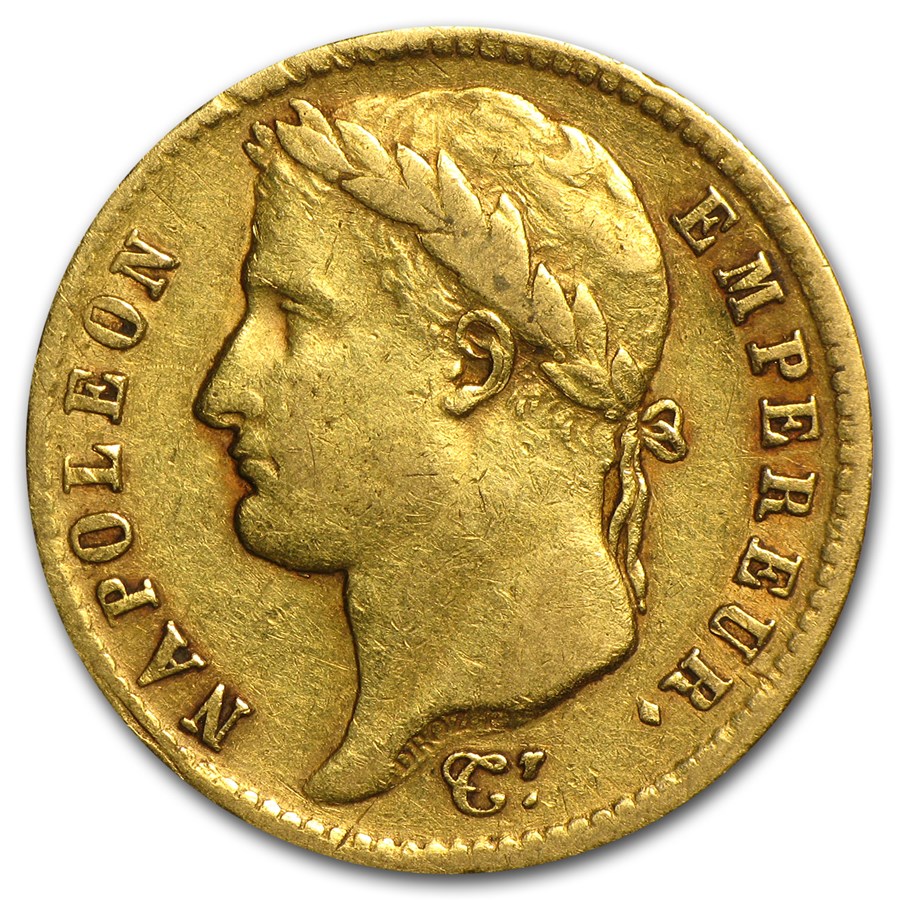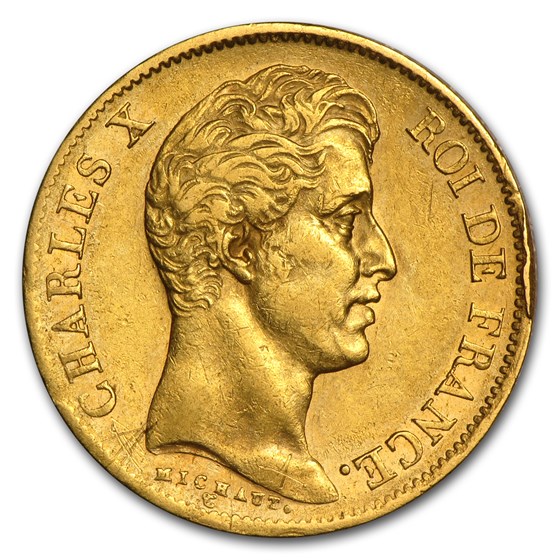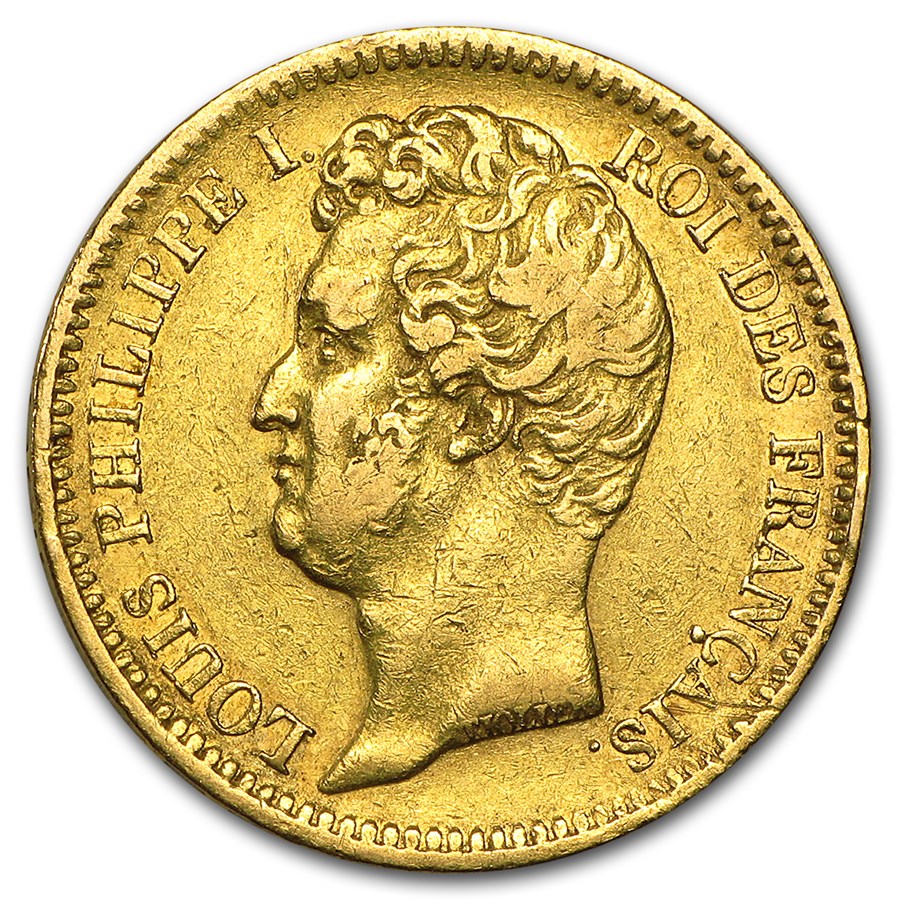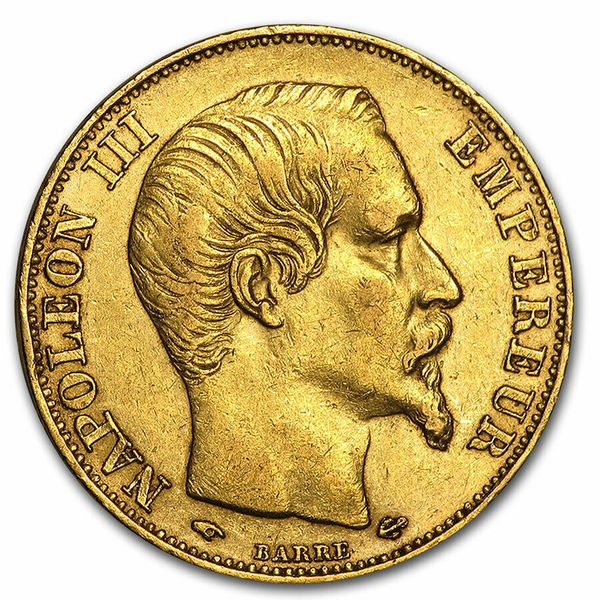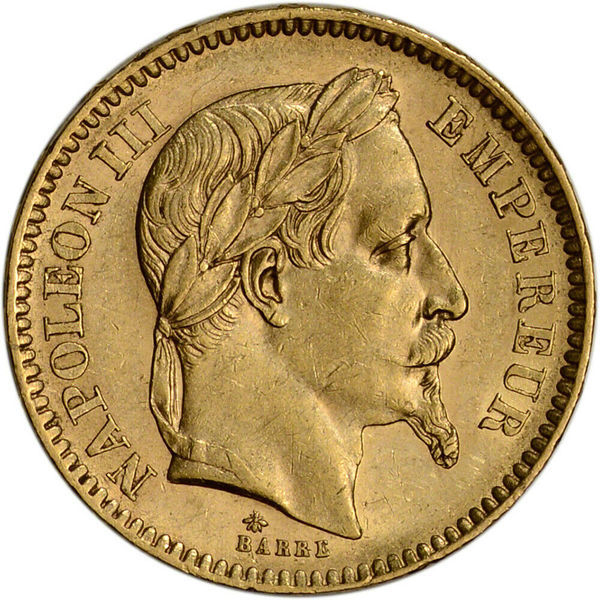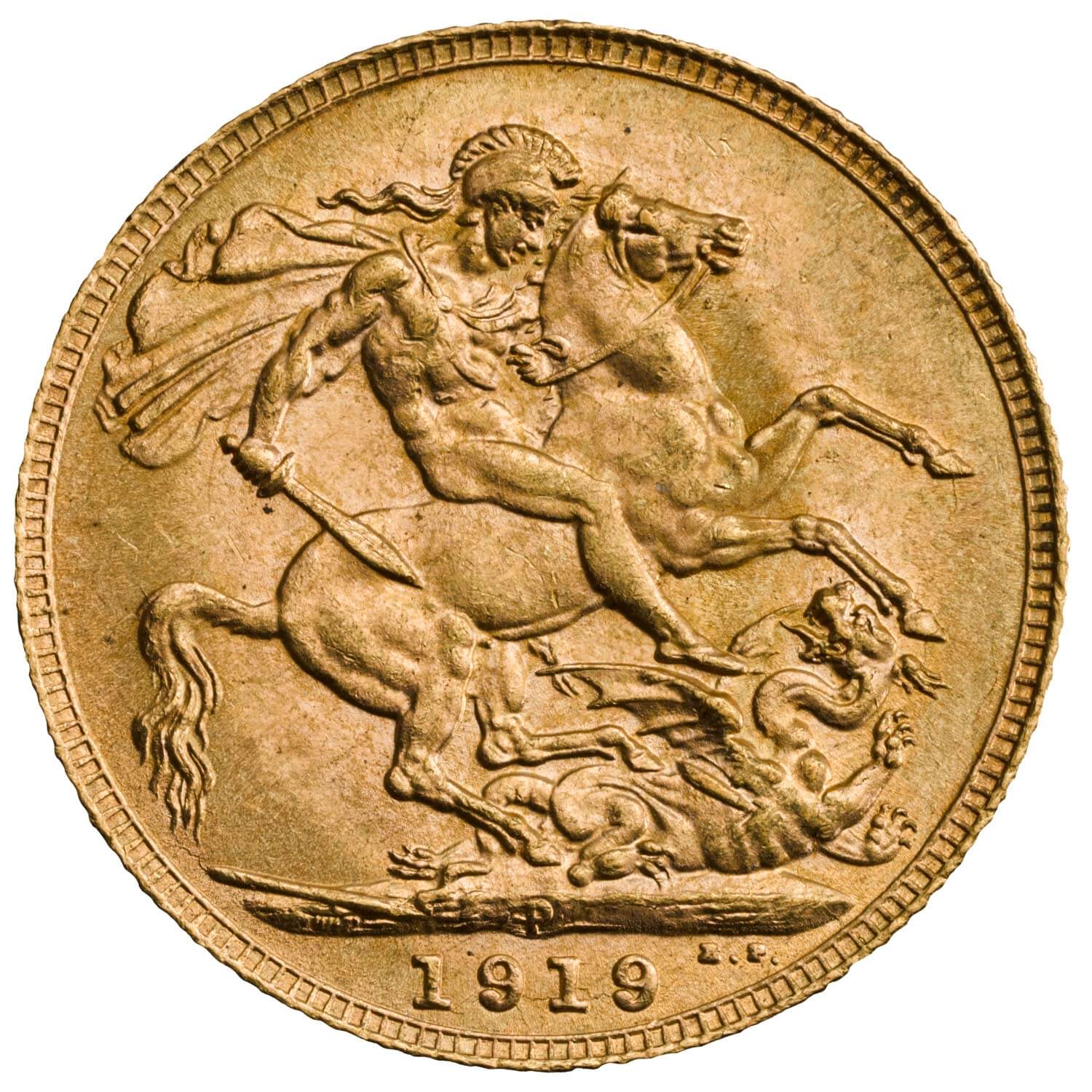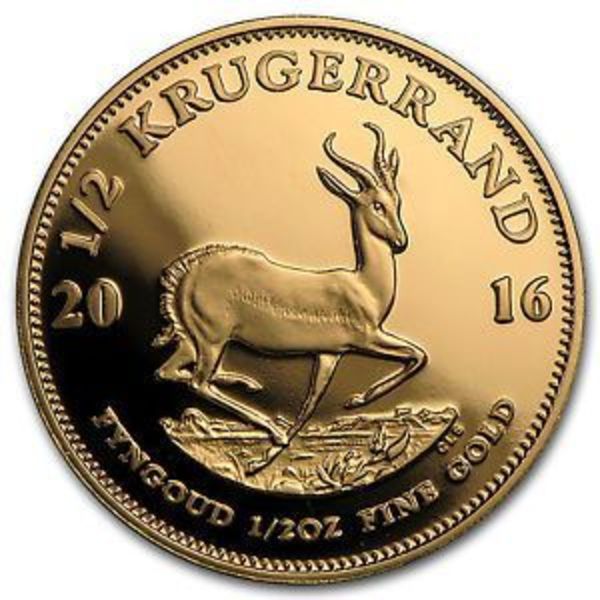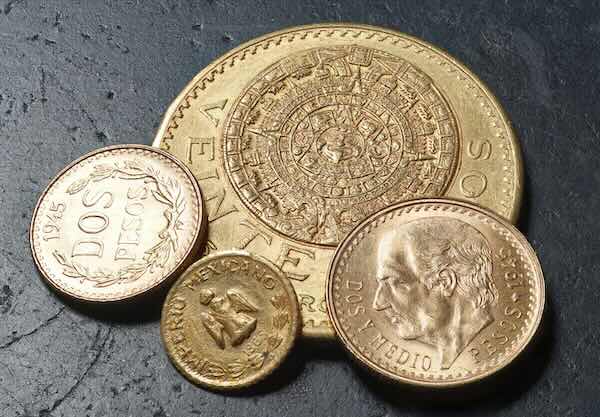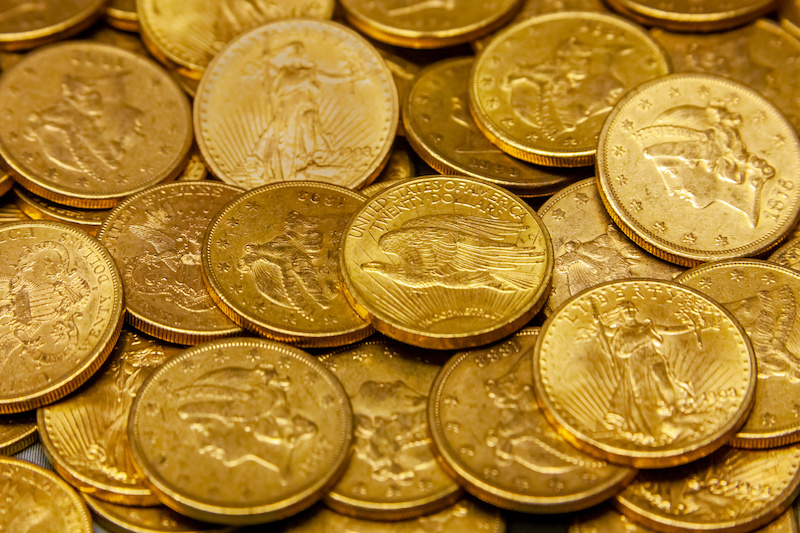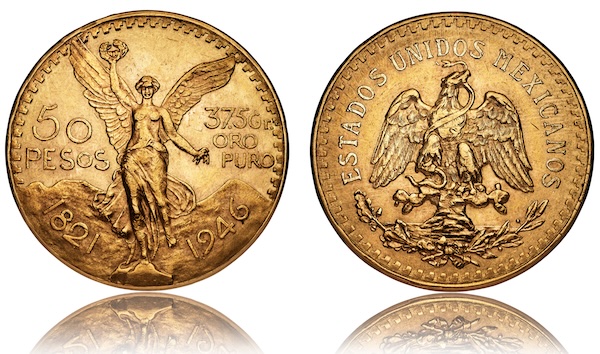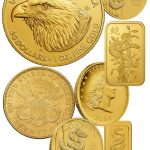Fractional gold coins are a great way to invest and provide a less expensive and practical way to accrue and stack gold. 20 Francs Gold Coins are among the most popular gold bullion coins for investors. These vintage pieces are government-minted coins that are today sold as bullion for their intrinsic value.
They are often the cheapest gold coins available and are perfect for stacking. Having a portion of savings set aside in precious metals can help provide a stable safety net or hedge against inflation and other investments.
Throughout the 1800s and into the early 1900s, most countries worldwide utilized silver and gold coinage. The 20 Francs gold coins played an extensive role throughout the era and around the world.
Latin Monetary Union (LMU)
The Latin Monetary Union (LMU) was a trade treaty signed by numerous European countries in 1865. It established the franc as a unified common currency based on the gold standard, helping to shape global trade for many decades. The treaty thrust the 20 franc gold coins into a role as a fundamental coin of merchant trade, a role they played for nearly one hundred years.
Each member nation began minting gold coins to the same standards to circulate for international merchant trade. The planchets used in minting 20 francs gold coins are an alloy of 90% gold and 10% copper. Each coin is 21 mm in diameter and has an overall gross weight of 6.45 grams.
The gold weight in each 20 francs coin is 5.80 grams, equivalent to .1867 troy ounces. A stack of five of these coins is almost an ounce of gold.
French Gold Coins
Below is a brief description of some of the coins that France minted from the early 1800s until the early 1900s.
The Napoleonic Wars, commonly referred to as the Napoleonic Era, lasted from 1803 until 1815 and was led by Emperor Napoleon I. At the height of his power, the emperor and his vast armies had taken control of much of mainland Europe. The First French Empire spanned from the eastern shores of Spain to the southern tip of Italy, all the way to the borders of Russia.
Napoleon extensively impacted the lands he conquered, improving and modernizing society through liberal reforms. The wars brought vast amounts of gold into the French Empire along the way, most of which became 20 francs gold coins.
Napoleon I 20 Francs
Napoleon I brought sweeping reforms throughout the country and helped France win significant military victories, eventually being granted the title of Emperor of France in 1804.
A variety of 20-franc gold coins bearing portraits of Napoleon were produced in dozens of mints throughout France, Italy, and even the Netherlands.
The 20 francs minted from 1804 until 1814 feature a leftward-facing portrait of Napoleon Bonaparte I.
Bullion coins from this era can have a mix of obverse designs, as various portraits and titles were used throughout these years. The coins you receive when buying Napoleon I 20 Francs Gold coins are chosen at random from the dealer’s inventory and could be from a mix of years and mint marks.
The early coins featured a young Napoleon with long, cropped hair carved and include the title Premier Consul inscribed surrounding the portrait. It was designed by Pierre-Joseph Tiolier, a General Coin Engraver from Paris. This was later updated to read “Empereur.”
Louis XVIII
Following Napoleon’s second exile from France, King Louis XVIII reigned from 1815 until he died in 1824. The gold coins minted during this era had a right-facing effigy bust of Louis that changed in 1816 to remove the appearance of the military dress uniform.

The nude bust variation is the most common coin among random-year Louis XVIII 20 francs.
The coins feature inscriptions on the front that include King Louis XVIII’s name and XVIII’s and the title, “ROI DE FRANCE.” The mark for the artist and engraver is incorporated below the portrait.
The reverse side of these coins contains a simple wreath motif that shows the face value and year-date of minting.
Charles X
King Charles X’s reign lasted from 1824 until 1830. During his short, 6 year reign, the King lost popularity among the liberals of French society.
His conservative policies are primarily reasons for the July Revolution, which deposed the ruler and put in place his more liberal cousin, King Louis Philippe I.
The portrait was engraved by medalist and sculptor Auguste-François Michaut. The obverse engraving bears his name and title, “CHARLES X ROI DE FRANCE,” which translates to “Charles X King of France.”
The four French Mint issued roughly 1.5 million Charles X 20 francs gold coins.
Louis Philippe I
Louis Philippe I was nicknamed the “Citizen King” and ruled from 1830 until 1848. Under his reign, known as the July Monarchy, the French economy was dominated by wealthy industrialists and bankers.
Louis Philippe expanded relations with Great Britain and sponsored colonial expansion, most notably with the acquisition of Algeria.
Following his brother’s reign, this King was considered a repressive ruler, and many considered him an illegitimate king. Many uprisings occurred in France throughout the 1830s. Louis-Philippe clamped down on dissent and gained a reputation for supporting the interests of the rich.
Many of the poorer class of citizens grew resentful, and Louis-Philippe escaped from eight assassination attempts before he finally fled to England.
During his 18 years in power, over six million Louis-Philippe 20 Francs gold coins were minted at various minting facilities throughout the country. Engraver Joseph-François Domard created the obverse bust portrait. The reverse depicts the crowned coat of arms enwreathed with the year-date of minting and legal-tender face value of 20 Francs.
Napoleon III 20 Francs
Napoleon III was President of the Republic of France from 1848 to 1852 and remained the last monarch until he was deposed in 1870. During his time leading the country, he focused on building infrastructure, which led to growth in the industrial base, economic expansion, and the creation of new banks.
The banks provided funding for Napoleon III’s significant projects, which included massive steamships to reach faraway colonies, railways and canals to connect the country’s major cities and trade hubs, and the rebuilding of Paris. Funding from the banks was funneled into developing new neighborhoods that are among the most famous and prominent amongst the Right Bank, such as rue de Rivoli, Opéra, and Place de l’Etoile.
Various styles of the Napoleon III 20 Francs Gold coin were minted under his reign, with two similar, though notably different, obverse designs that circulated during this period and are common when buying random 20 Francs gold coins.
The first, issued from 1853 until 1860, featured a rightward-facing Napoleon III created from a portrait by artist Jean-Jacques Barre. The picture features a bare-headed emperor. More than 135 million gold coins were minted with this design over the seven-year period, making it a popular coin with bullion investors. These coins have maintained their intrinsic value for over 150 years due to the underlying gold content.
The second Napoleon III Laureate gold coin was minted from 1861 until the end of his reign in 1870. The coin features a similar portrait; the primary difference is that the monarch is wearing a laurel wreath on his head. During this 18-year period, more than 50 million of these coins were minted. These coins often trade close to their bullion melt value, making them a popular choice for investors looking for cheap fractional gold.
It is common to receive these when buying random 20-franc gold coins, which remain incredibly popular with investors. The French Government produced these coins in mass quantities due to the establishment of the Latin Monetary Union.
Lucky Angel 20 Francs
After Napoleon III’s second exile, the country focused on more domestic measures, starting with the Paris Commune in 1871. The Génie coin, often called the Lucky Angel gold coin, was minted from 1871 until 1898.
The obverse design for the coin was created by artist and medallic sculptor Augustin Dupré, a student of sculptor David. The French Revolution gave him the opportunity to develop his art of engraving medals for soldiers and various coins. The iconic image on this coin represents the Guardian Angel Genius writing the Constitution fresh on a blank tablet.
The genie is turned to the right and writes the word “constitution” on a table on a stone pillar. Other French cultural symbols are hidden in the design, such as the cockerel and the lictor beam with the hand of justice above. The words “Republique Française” are written above the angel, and Dupré’s signature mark can be found at the bottom.
The reverse design departs from the previous designs with some added freedom. The traditional wreath and denomination value remain on the reverse in the center. In addition, the inscriptions instilled some of the cultural values of the French people, including “Liberte,” “Egalite,” and “Fraternity.”
More than 95 million 20 Francs gold Lucky Angel coins were minted from 1871 to 1898, and many surviving coins are available today, making them a popular fractional bullion coins for investors.
20 Francs Rooster Gold Coin
The 20 Francs Gold Rooster circulated from 1899 until 1914. It is the last French 20 Francs Gold coins intended for circulation. France minted over 117,000,000 Rooster gold coins. The denomination (the Franc Germinal) was in continual use through the 19th and 20th centuries.
The coin’s obverse has a profile of Marianne, the Goddess of Liberty, who symbolizes the French Republic. She is a symbol that originated in the 3rd French Republic and personifies liberty and reason. Inscribed around her are the words “République Française.”
The reverse displays a portrait of Le Coq Gaulois, or Gallic Rooster, colloquially named Chantecler. It includes the date and legal tender face value and is surrounded by the words “Liberté Egalité Fraternitén,” values that are still preserved in French culture today.
Final Thoughts
The 20 Francs Gold Coin is ideal for those prioritizing intrinsic value because it combines historical significance, affordability, and liquidity. Their fractional gold content makes them more affordable than larger coins, with the coin’s value closely tracking the market price of gold.
Compared to modern bullion coins, 20 Francs usually have lower premiums, especially when bought in bulk or on the secondary market. Popular varieties include the French Napoleon III, Marianne/Rooster, and Swiss Helvetia coins, each reflecting the artistry and history of its respective nation.

